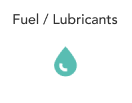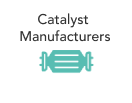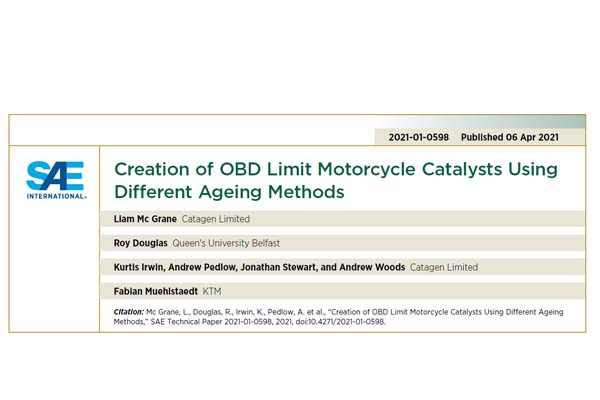ABSTRACT
This paper outlines a novel method employed to accurately age catalysts to the required OBD limit for European motorcycles legalisation Euro 5 using a combination of modelling and testing. The method applies several strategies, including thermal ageing and catalyst poisoning, to reduce catalyst activity in order to mirror real- world catalyst ageing.
Predictions were made using a combined global and micro kinetic model to specify catalyst activity to a matching light-off condition. The model simulated a motorcycle operating on a WMTC (World Motorcycle Test Cycle) and adjusted catalyst activity (Precious metal and Oxygen Storage Capacity) until tailpipe emissions matched the limits for Euro 5 OBD II. The same model ran a simulated light-off test to predict the light-off point for the catalyst. The catalyst was then aged to match this light-off performance using a RAT ageing cycle with additional poisoning to reach the target deactivation. Performance was checked at interim points to verify progression of the ageing processes and to focus in on the target emissions level. The final check-points were conducted on the actual motorcycle operating on the WMTC to confirm measured tailpipe emissions. This process compared simulated activity with rig-based characterisation tests to determine the target for the degree of ageing with all results confirmed on a motorcycle operating a WMTC emissions test.
This project was completed with the support of KTM as a partnership to age catalysts and further understand new legalisation.
Written by Liam McGrane











